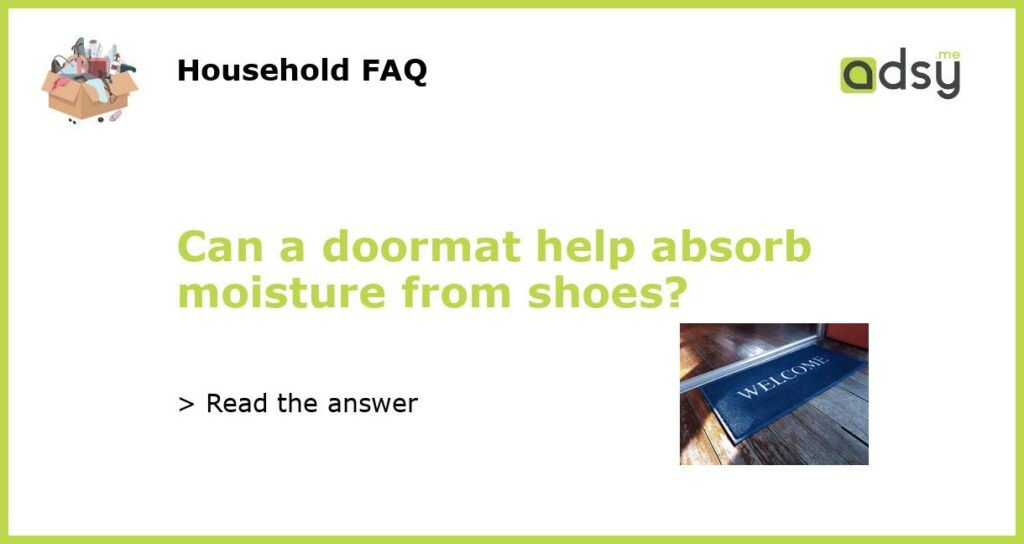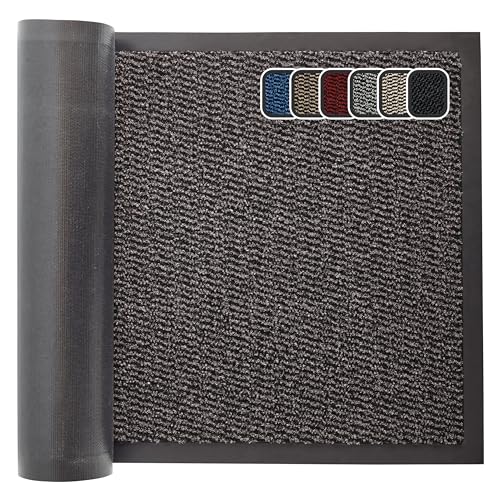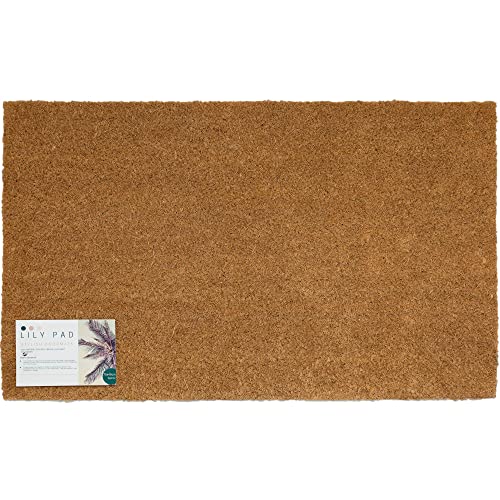Using a Doormat to Absorb Moisture from Shoes: Fact or Fiction?
Many homeowners place doormats at the entrances of their homes in order to keep dirt and debris from being tracked inside. While their primary function is to trap dirt, some people also claim that doormats can help absorb moisture from shoes, preventing wet footprints and slippery floors. But is this claim based on fact or is it simply a myth?
The Science Behind Moisture Absorption
In order to determine whether or not doormats can absorb moisture from shoes, it is important to understand the science behind the process. Moisture can be absorbed by various materials, such as textiles and sponges, through a process called capillary action. This occurs when the surface tension of a liquid allows it to be drawn into small gaps or spaces.
Doormats are typically made of materials such as rubber, coir (made from coconut husks), or microfibers. These materials have different levels of absorbency, with microfiber being highly absorbent and rubber being non-absorbent. The effectiveness of a doormat in absorbing moisture will depend on the specific material it is made of.
The Absorbency of Different Doormat Materials
Microfiber doormats are often touted as being highly absorbent and capable of soaking up moisture from shoes. This is because microfibers have a large surface area, which allows them to hold more liquid than other materials. They are also designed to trap dirt and absorb moisture, making them effective at preventing muddy footprints from being tracked into the house.
On the other hand, rubber and coir doormats are not as absorbent as microfiber. Rubber mats are especially non-absorbent, as they are designed to be waterproof and resistant to moisture. Coir mats, though they can absorb some moisture, are primarily used for scraping dirt and debris off of shoes.
Other Factors to Consider
While the material of the doormat is a significant factor in its ability to absorb moisture, there are other factors to consider as well. The size and thickness of the doormat will also play a role in its absorbency. A larger and thicker doormat will have more surface area and depth for moisture to be absorbed into.
Additionally, the condition of the doormat can impact its ability to absorb moisture. A worn or dirty doormat may have reduced absorbency compared to a clean and well-maintained one. Regular cleaning and maintenance, such as vacuuming or shaking out the mat, can help ensure optimal absorbency.
The Verdict: Doormats Can Help Absorb Moisture from Shoes
Based on the science of moisture absorption and the different materials that doormats are made of, it can be concluded that doormats can indeed help absorb moisture from shoes. Microfiber doormats, in particular, are highly effective at absorbing moisture and preventing wet footprints. Rubber and coir doormats may not be as absorbent, but they can still absorb some moisture and help keep floors dry.
However, it is important to note that a single doormat may not be sufficient to absorb all the moisture from shoes, especially during heavy rainfall or snow. Placing additional doormats or using a boot scraper alongside the doormat can further enhance moisture absorption and dirt removal.
In conclusion, investing in a high-quality doormat made of an absorbent material such as microfiber can help reduce the amount of moisture and dirt that gets tracked into your home. Regular cleaning and maintenance of the doormat will also ensure optimal absorbency. So go ahead and place a doormat at your entrance – it will not only keep your floors clean, but also help absorb moisture from shoes.






